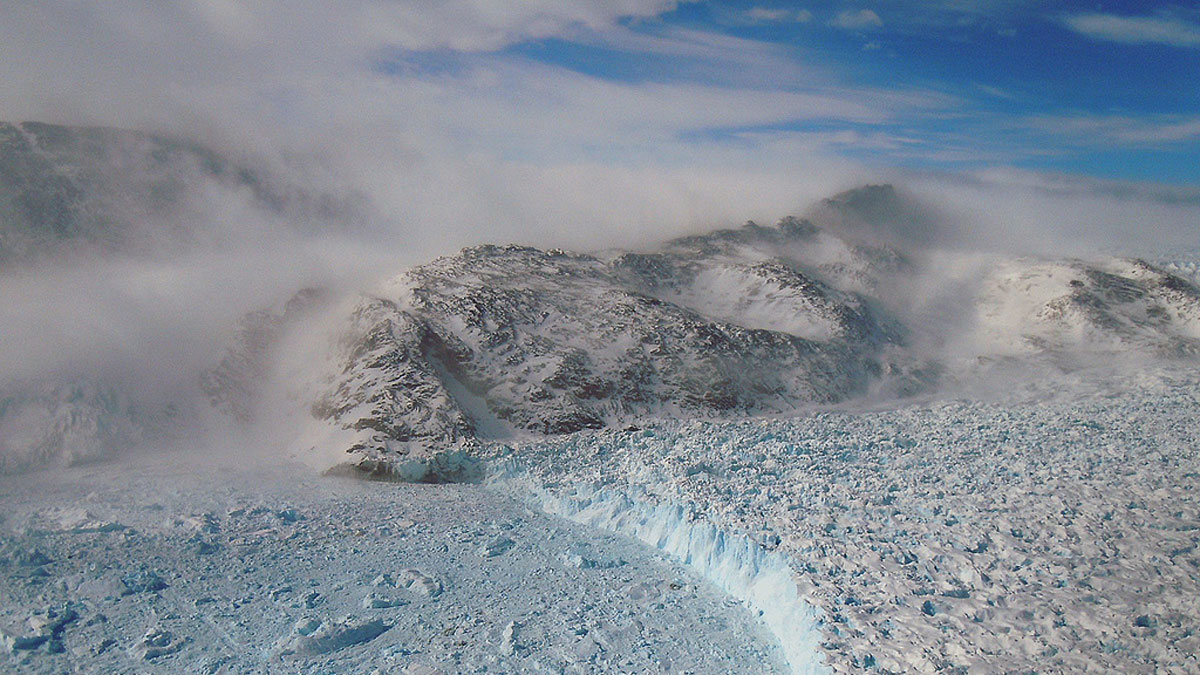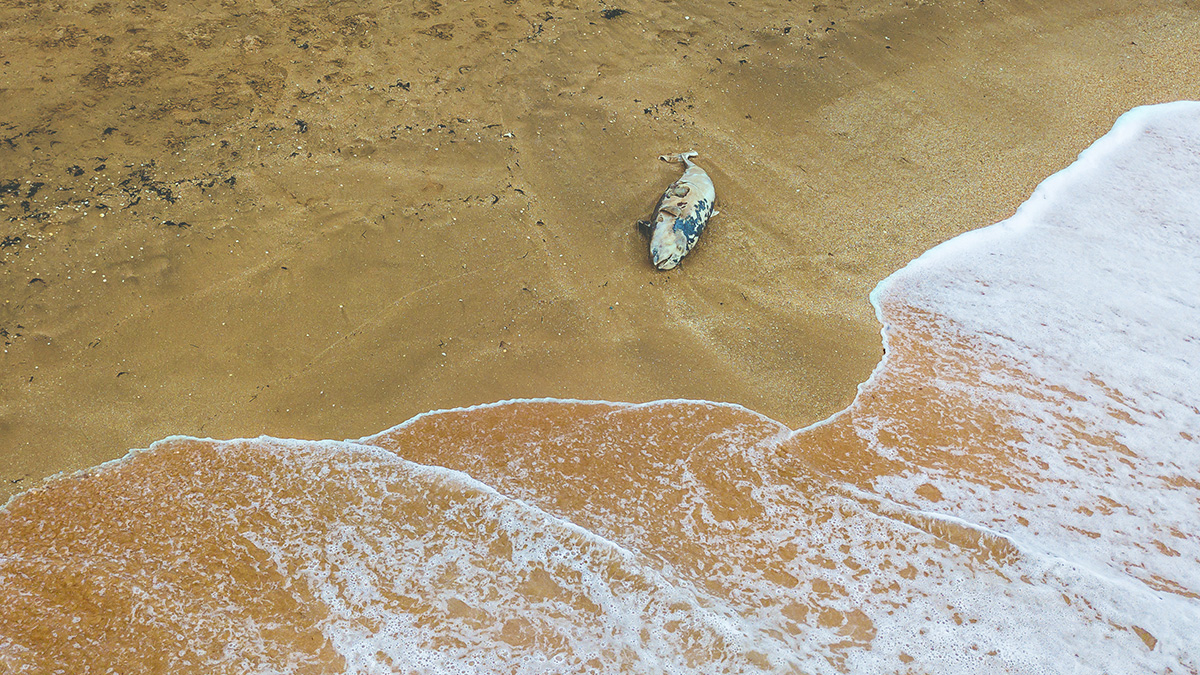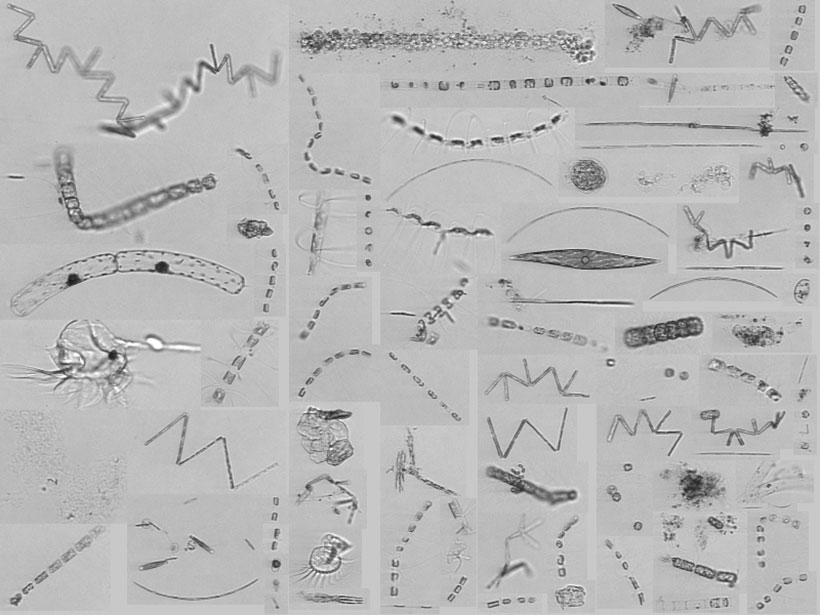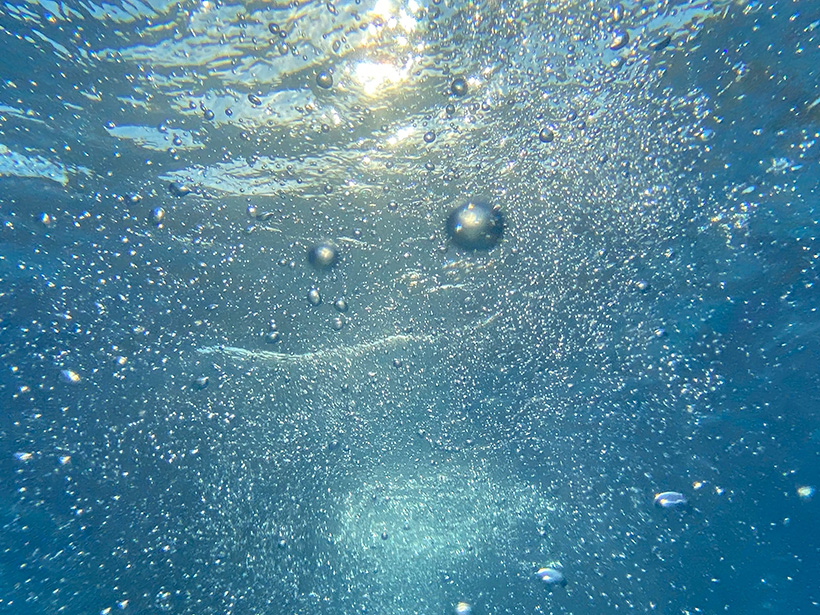Simulations reveal the influence of reduced and enhanced wind stress on the Atlantic Meridional Overturning Circulation.
currents
“Sticky” Ice Sheets May Have Led to More Intense Glacial Cycles
New research attributes a shift to longer, stronger glacial cycles to increased friction between ice sheets and bedrock in the Northern Hemisphere 1 million years ago.
Current History: Exploring the Past of the Tasman Leakage
A new study sheds light on an important Pacific-to-Atlantic connecting current, including the global changes that led to its flowing that ushered in near-modern ocean circulation.
Wind and Ocean Currents May Contribute to Mass Dolphin Strandings
Coastal wind patterns correlate with mass strandings of dolphins, suggesting that storm-induced upwelling could be influencing cetaceans’ behavior.
Eddy Killing in the Ocean
Solving the case of ocean eddy death could help climate modelers better represent the effect of wind.
Monitoring the Agulhas Current Through Maritime Traffic
Researchers turn to the shipping industry for data on ocean surface currents.
Gulf Stream Intrusions Feed Diatom Hot Spots
Previous research suggested that the intrusion of low-nutrient Gulf Stream water into the Mid-Atlantic Bight would reduce productivity, but a new study finds that it can also lead to chlorophyll hot spots.
Tracking Oxygen in the Sargasso Sea’s 18 Degree Water
Biogeochemical floats provide an improved picture of ocean mixing and oxygen movement in the North Atlantic Ocean.
Rethinking Oceanic Overturning in the Nordic Seas
Recent research offers new insights into exchanges of water between the North Atlantic and the Nordic Seas, which play critical roles in the climate-regulating Atlantic overturning circulation.










